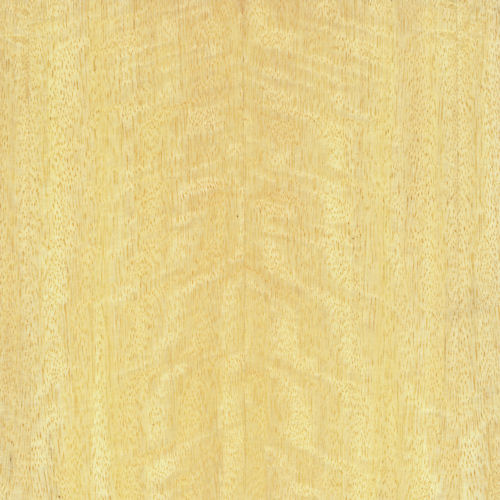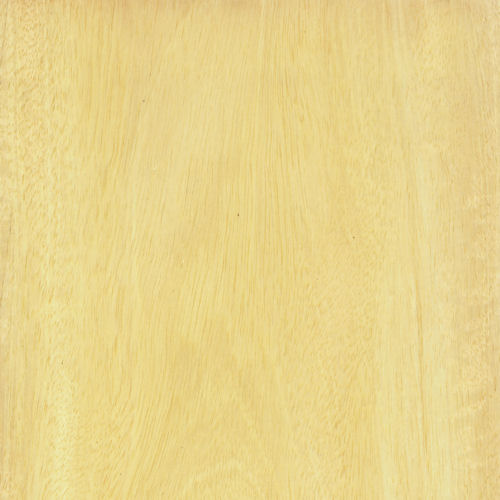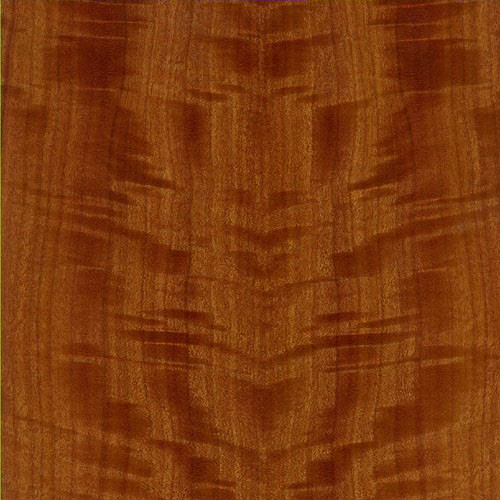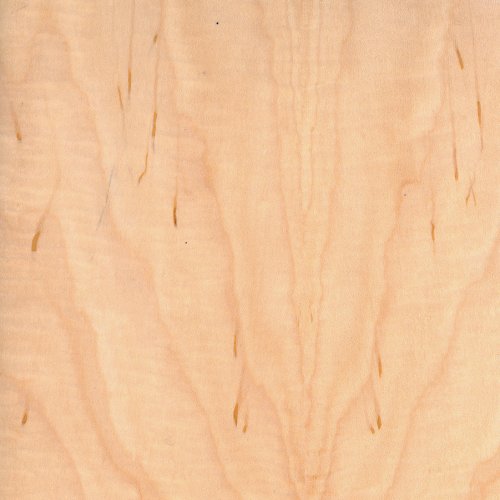Mango
[Mangifera Indica]
An intriguing species, Mango has both a historied past and tremendous future. Originally domesticated 4,000 years ago in India for its fruit and wood, the species was brought to East Asia between the 4th and 5th centuries B.C. Then spread throughout the tropics by Portuguese explorers in the 16th century.
Today, with the growing impact of land development, tree cutting, and CO2 impact on the environment, Mango is growing even more popular as a green, sustainable wood option. Because the trees only bear fruit for 15 to 20 years, they’re routinely cut, replanted, and replenished, creating a rich supply of material. Not only is it great for the environment, Mango’s wood also boasts similar qualities and appeal of Teak, making it a more abundant and affordable alternative.
Because spalting is common in Mango, a kaleidoscope of colors result, with heartwood ranging from golden brown to yellow, sometimes with streaks of pink and/or black. The grain can be straight or interlocked, with curly or mottled figure occurring commonly.
A strong, dense hardwood that repels water damage, Mango has a beautiful tropical look and feel. And a sweet smell. Making it a popular, sustainable choice for wood veneer, architectural plywood, indoor and outdoor furniture, flooring, ukuleles, and turned objects.
Species Distribution:
Tropical Asia
Tropical Oceania
Myanmar
Bangladesh
India
Hawaii
Common / Alternative Names:
Hawaiian Mango
Janka Hardness:
1,070 lbf
Sustainability Status:
CITES Appendices: Not listed
IUCN Red List of Threatened Species: Formerly listed on the Red List, this species is now reported as being data deficient.











